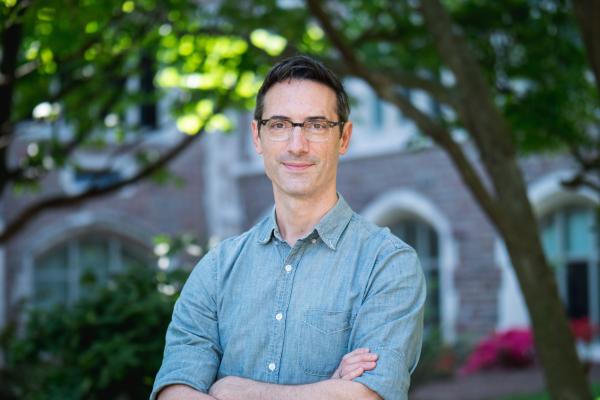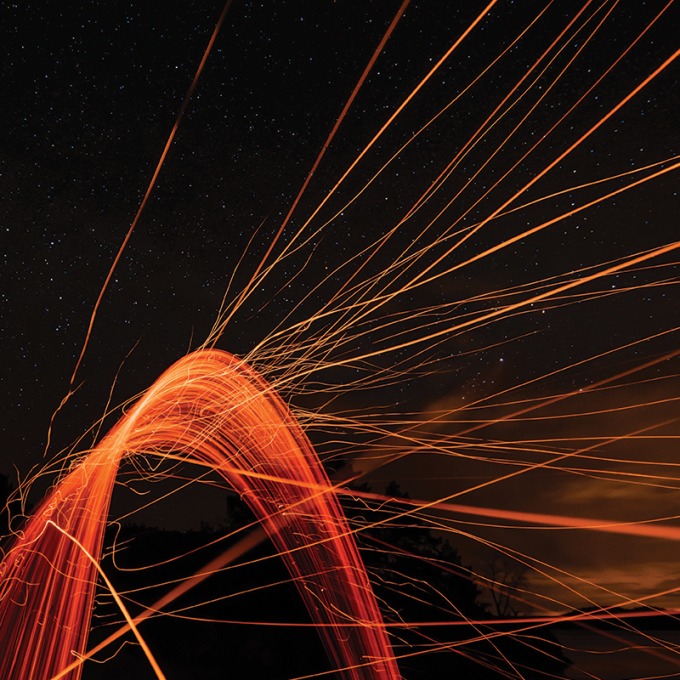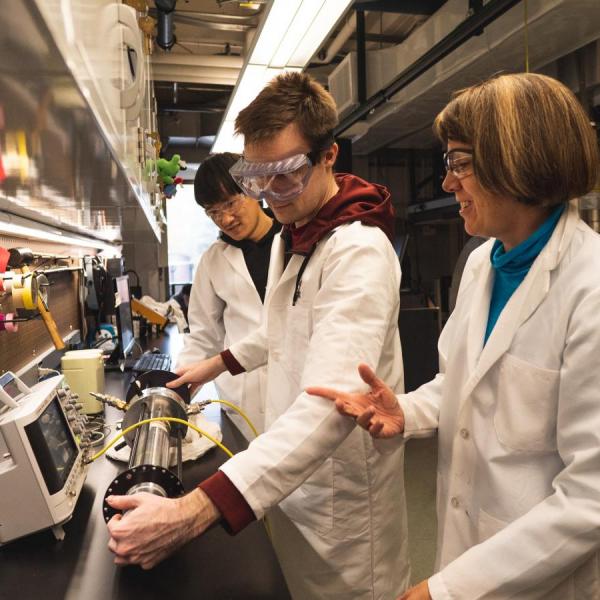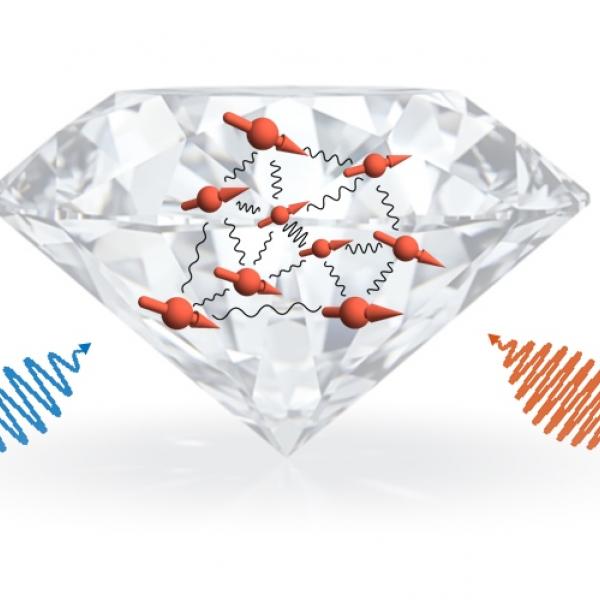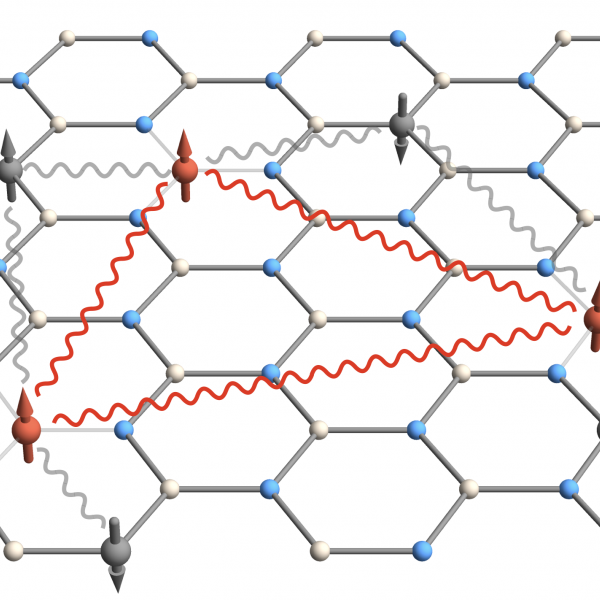Erik Henriksen's experimental condensed matter research laboratory utilizes state-of-the-art nanofabrication techniques in combination with measurements made at low temperatures and high magnetic fields to explore both the fundamental electronic structures and emergent quantum phenomena of low-dimensional materials.
The Henriksen lab’s research is centered on the properties of electrons confined to two dimensions. This remarkable system has yielded a tremendous amount of interesting and important physics over the past several decades, from the integer and fractional quantum Hall effects to the groundbreaking discoveries of graphene and other atomically thin crystals, and especially to the recent realization of the topological nature of the electronic structure of a surprising number of materials both novel and familiar.
Present work focuses on the potential to realize topological electronic phases in graphene; the infrared spectrum of graphene's quasi-relativistic electrons; and pursuit of quantum spin liquids, a strange and novel phase of quantum magnetism. All these lines of research require precisely fabricated devices made of custom stacks of atomically-thin materials which we build in house.
Experiments are generally conducted at very low temperatures—approaching absolute zero—and high magnetic fields, and employ custom devices made of graphene or related crystals. Occasionally this work takes place at the National High Magnetic Field Lab in Tallahasee, FL, to use some of the strongest magnets in the world! Experiments entail careful measurement of the electronic properties of our devices including both electronic transport and thermodynamic quantities such as the magnetization and compressibility of the electron gas. Measurements of the infrared absorption spectrum to probe the electronic structure directly are also conducted.
All devices in the lab are fabricated in-house on our own equipment as well as that of the cleanroom facilities in the Institute for Materials Science and Engineering (IMSE).
Professional History
2021-present: Associate Professor, Washington University
2013-2020: Assistant Professor, Washington University
2012-2013: Visiting Assistant Professor, Harvey Mudd College
2011-2013: IQIM Postdoctoral Scholar, Caltech
2009-2011: Postdoctoral Scholar, Caltech

